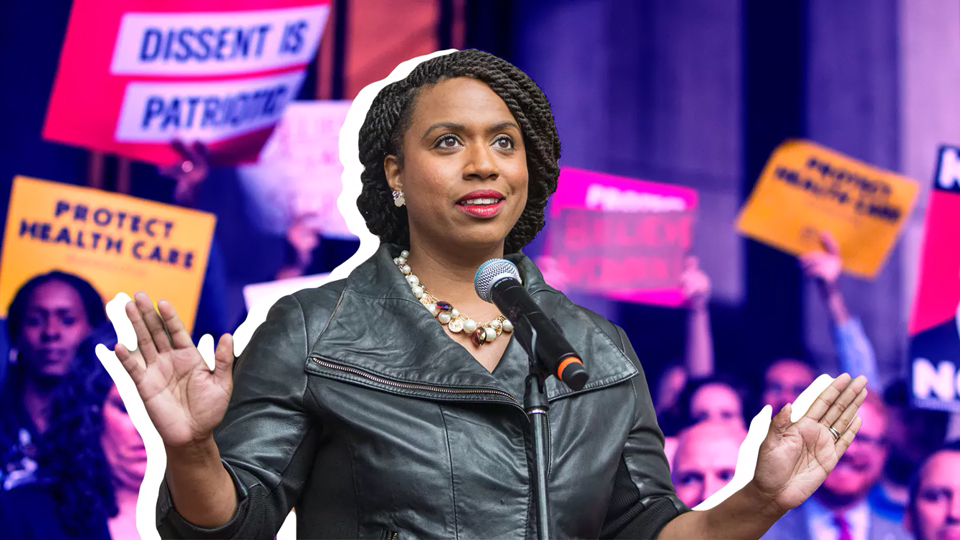African American Women & William & Mary
HIST XXX-XX / AFST XXX-XX
1/6/20-1/17/20
Course Description
William & Mary often promotes its long history as an institution without critically examining the racism and oppression inherent in its existence. In honor of The Lemon Project: A Journey of Reconciliation, this two week introductory course will examine the contributions African American women have made to the university throughout its 327-year-long history. Students will learn more about the university that they attend and learn to examine established narratives and institutions through the study of primary and secondary sources.
Content Learning Objectives
By the end of the course, students should be able to understand:
- The direct and indirect ways in which William & Mary as an institution has benefited from the labor of African Americans
- A general timeline of William & Mary’s relationship with African American women
- Current issues of African American women at William & Mary
Skills Objectives
By the end of the course, students should have improved upon their skills to:
- Look at historically dominant narratives with a critical eye
- Effectively use primary and secondary sources
Grading
Class Participation: 25%
Blackboard Discussion Posts: 20%
Response Paper #1: 15%
Response Paper #2: 15%
Final Project: 25%
Blackboard Discussion Posts
Each night, you will be expected to write 150-300 words about that day’s assigned reading, lectures, and in-class discussion. We encourage you to be in conversation with the material as well as with each other, so you can include quotes from any of our sources, presenters, or students. Tangents are welcome.
Response Papers:
These 2-3 page response papers will provide an opportunity for you to think deeper about a question posed in class. You will receive these questions in class.
Final Project
Examine the dominant narratives of another university in Virginia and provide an untold narrative or perspective of African American women that challenges it. Your project can be in the form of a paper, oral presentation, video, etc.
Course Schedule
| Week 1
1/6 Topic: Williamsburg and Slavery Readings: “The Dark Side of Thomas Jefferson” by Henry Wiencek, The Angela Site |
Receive Paper #1 Prompt |
| 1/7 Topic: William & Mary: A University Built on Slave Labor
Readings: “Thinking about Slavery at the College of William and Mary” by Terry L. Meyers |
|
| 1/8 Topic: William & Mary: Pro-Slavery Thought at the University
Readings: “The Lemon Project: A Journey of Reconciliation – Report of the First Eight Years” (pages 38 – 49) |
|
| 1/9 Topic: Reconstructing the Reconstruction Era: Primary Sources w/ Special Collections
(Meet in Swem) |
Paper #1 Due
Receive Paper #2 Prompt |
| 1/10 Topic: Integration at William & Mary
Readings: Interview w/ Janet Brown Strafer, Karen Ely, and Lynn Briley (Special Collections Research Center: Oral Histories. William & Mary Libraries) |
|
| Week 2:
1/13 Topic: Integration at William & Mary Readings: “Integrating the College of William and Mary” by Lois Bloom, Ph.D |
|
| 1/14 Topic: Trip to Colonial Williamsburg
Readings: “Slavery is a tough role, hard sell at Colonial Williamsburg” by J. Freedom du Lac |
Paper #2 Due |
| 1/15 Topic: Current Experiences & Activism
Readings: Interview w/ Mallory Walker (Special Collections Research Center: Oral Histories. William & Mary Libraries); “BLM educates for change: Black Lives Matter conference addresses College’s history” by Sarah Smith |
|
| 1/16 Topic: Current Experiences & Activism
Readings: “BLM organizers march for change: Tension, discussion over ‘demands’ follows week-long conference” by Sarah Smith; “[Hunger] striking against VCE: Student withdraws from College as groups question conduct process” by Sarah Smith |
|
| 1/17 Topic: Student Presentations | Final Project Due |
